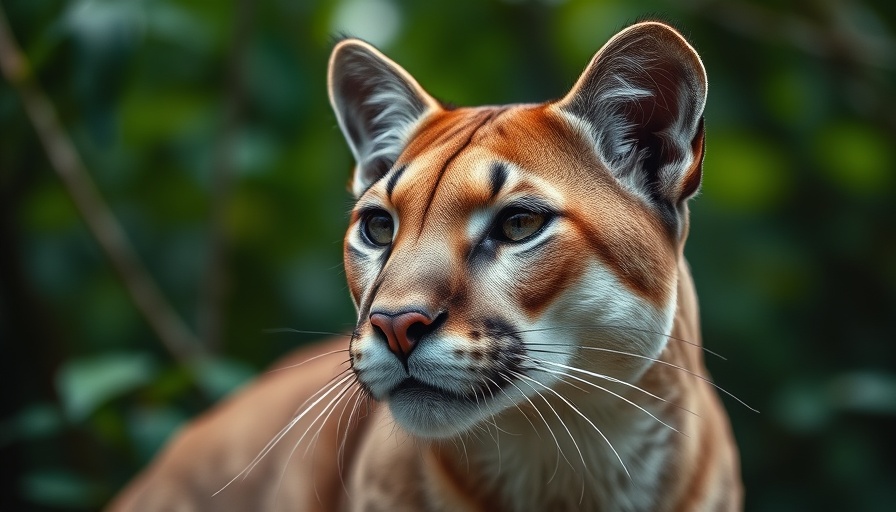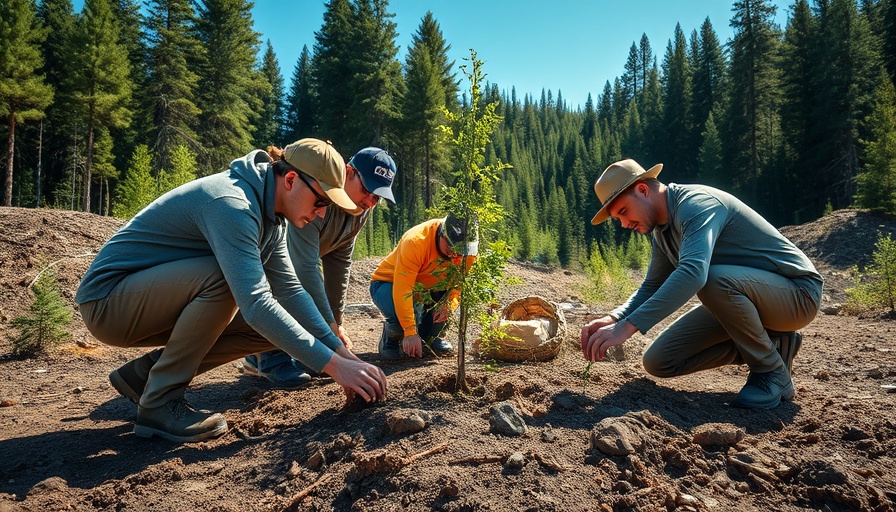
A Deep Dive into Alaska's Changing Climate
In Jon Waterman's insightful new book, Into the Thaw: Witnessing Wonder Amid the Arctic Climate Crisis, he captures the stark realities of climate change sweeping across Alaska. His expeditions to this majestic wilderness reveal not just a landscape undergoing physical transformations, but a world teetering on the brink of ecological collapse. Waterman's journey into the heart of the Noatak River region serves as a poignant reminder of the intricate relationship between the land, its wildlife, and the Indigenous communities who have cherished it for generations.
The Erosion of Stability
Waterman poignantly notes the profound impacts of climate change: "The sea ice has melted away, storms are eroding shorelines, and forests are slowly moving northward." This rapid shift is alarming, with Alaska experiencing temperature increases four times faster than the global average. The consequences are dire—not just for the locals reliant on traditional ways of life but also for the unique biodiversity that the region hosts.
Comparing Historical Contexts
Historically, natural changes occurred at a manageable pace, allowing ecosystems to adapt. Today, however, the Anthropocene era, marked by human-driven climate change, brings unprecedented speed to these changes, making adaptation nearly impossible. Waterman emphasizes that in barely a century, we've lost a great deal of sea ice, making travel less safe and endangering species like polar bears, who rely on this ice for hunting seals. This resonates with findings from various studies showing that significant habitat loss is closely tied to human activities, particularly fossil fuel extraction.
The Cost of Drilling: A Troubling Future
Efforts to expedite oil drilling in Alaska, such as the controversial Willow Project, have prompted fears among environmentalists and scientists alike. Critics warn that increased extraction will exacerbate the climate crisis. Drilling presents a dual threat: while directly releasing carbon through burning fossil fuels, it also risks unlocking additional greenhouse gases trapped in thawing permafrost. Across the Arctic National Wildlife Refuge, decisions made today could effectively undermine years of progress in managing climate impacts.
The Importance of Awareness
Understanding the complexities of climate change and the urgent need for sustainable practices is crucial. As Waterman's experiences reflect, climate change doesn’t merely present a series of statistics—it tells the story of people, wildlife, and ecosystems facing immense pressure. The work done to champion conservation can be significant. Awareness campaigns and efforts to improve climate legislation can lead to better protective measures for vulnerable areas.
Waterman's narrative not only seeks to inform but also to inspire action. As the climate crisis progresses, those who connect deeply with these ecosystems—the explorers, the Indigenous peoples, and the activists—must continue amplifying their voices. The preservation of Alaska and its landscapes, not just for today but for future generations, hinges on understanding these intricate challenges.
 Add Row
Add Row  Add
Add 




Write A Comment